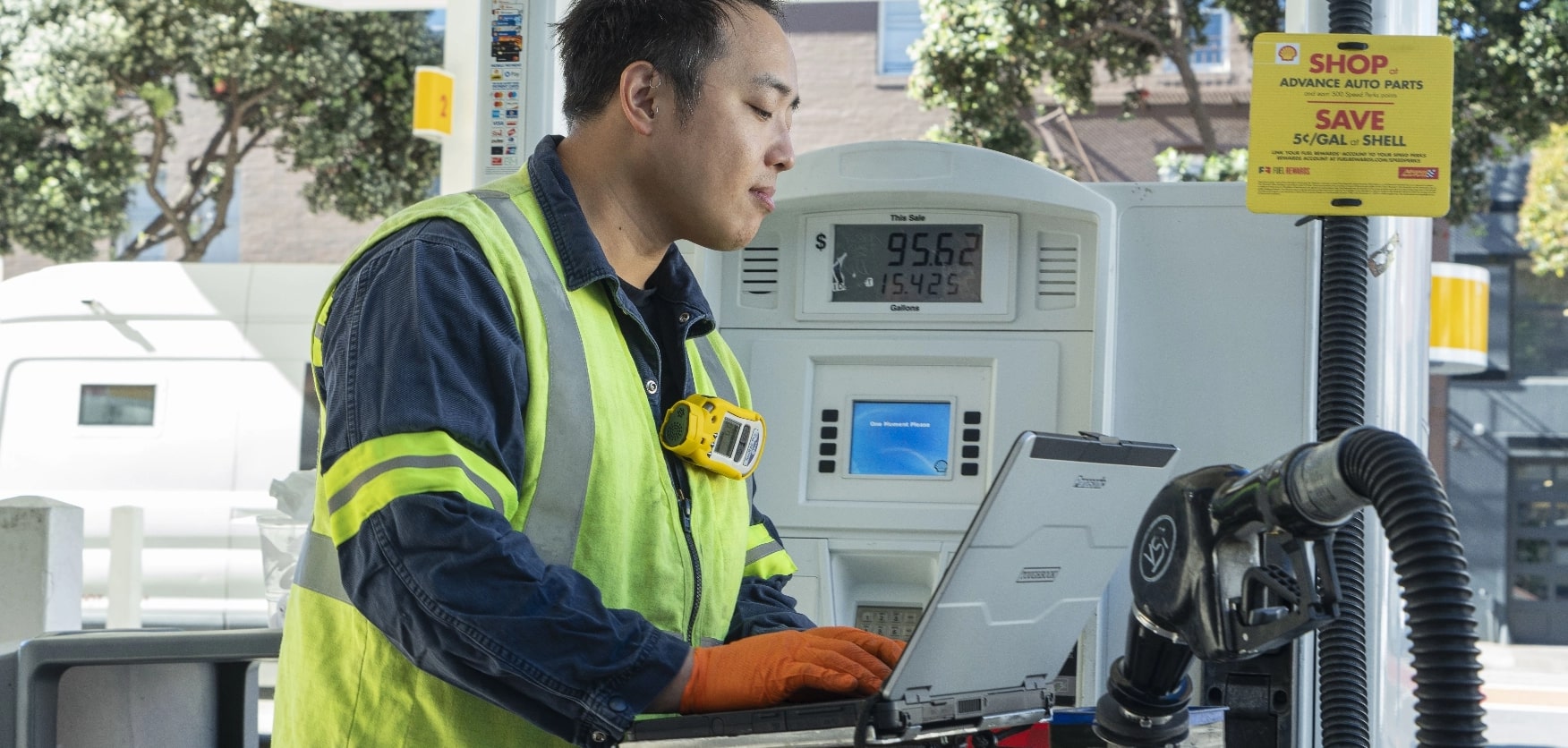BY THE NUMBERS
Science drives our work to improve and protect air quality for all Bay Area residents. Learn about the demographics of our staff, sources of air pollution, rulemaking, finances, enforcement activities and more.
Science drives our work to improve and protect air quality for all Bay Area residents. Learn about the demographics of our staff, sources of air pollution, rulemaking, finances, enforcement activities and more.
BAY AREA
5 YEAR.
AVERAGE
AIR DISTRICT STAFF
*American Community Survey (ACS) Census Bureau
AIR DISTRICT STAFF
*American Community Survey (ACS) Census Bureau
** Total percentages may vary by 1% due to rounding
BAY AREA
5 YEAR.
AVERAGE
a) The Air District’s latest greenhouse gas (GHG) emissions estimates can be found here: baaqmd.gov/capghg. These estimates do not reflect specific emissions changes in year 2022 due to the impact of COVID-19 pandemic or wildfires.
b) This category includes GHG emissions from refining processes and combustion of gas, liquid, and solid fuels at refineries; it does not include GHG emissions generated during cogeneration at refineries, which is included in the Electricity/Co-Generation category.
c) This category includes GHG emissions from combustion and processes at cement plants, natural gas combustion, combustion of solid and liquid fuels in industries, natural gas distribution fugitive losses (primarily methane), and industrial process emissions.
d) These percentage estimates are developed based on the Air District’s currently available base year inventory data. These estimates do not reflect specific emissions changes in year 2022 due to the impact of COVID-19 pandemic or wildfires.
e) This category includes wind-blown dust from agricultural land and dust from construction operations.
f) This category includes trains, lawn and garden equipment, and other off-road equipment.
g) This category includes passenger cars, buses, motorcycles, etc.

* Includes commercial idling, flaring, gas stations, and unpermitted sources

Pollution
Sources
Permitting
Activity